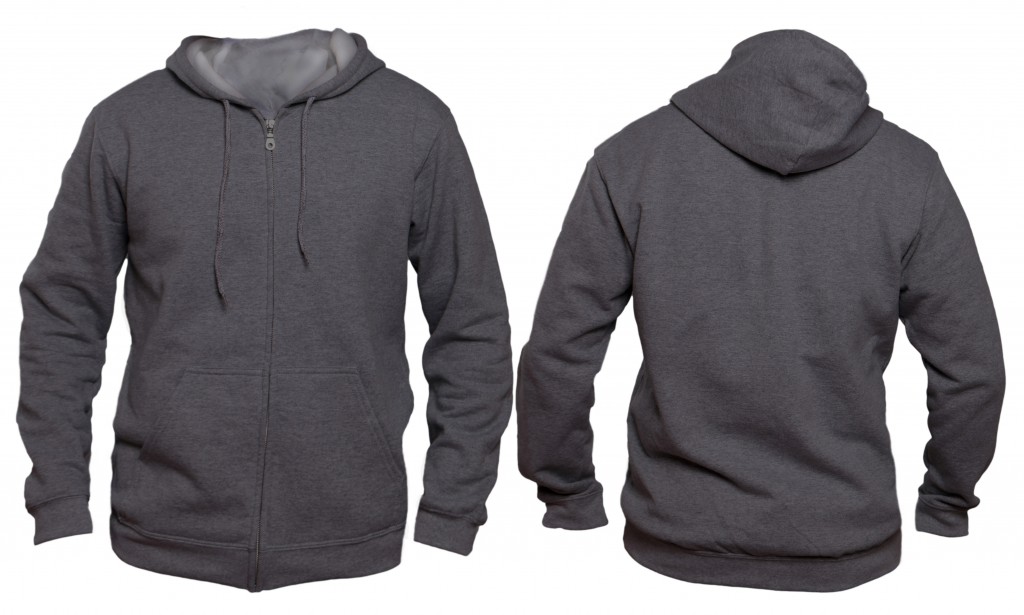The COVID-19 cases continue to spike all across the United States. It has reached over 8.4 million cases and can continue to rise. As much as we would like to stay at home, it’s just not possible for some people. Businesses and establishments remain open in most parts of the country, and a lot of people are still out and about.
Recent studies that the virus can actually stay on certain packages for as long as 24 hours. It opens up a world of possibilities and risks. Some items get passed and handled by multiple people in multiple places, so you want to be extra careful.
Although there has yet to be data that shows whether you can get infected through clothes, there’s no harm in being extra careful. Avoid putting yourself at risk by changing up your style a bit for the pandemic.
Thick layered jackets
Jackets are good protections against infection because its layering prevents moisture and particles in the air from going in. Jackets are generally removed when going inside places. That means if the virus were to stick to your coat, it wouldn’t be transferred onto your furniture. Aside from that, you can comfortably sit in public spaces without worrying about being infected because of the extra layer of protection.
For children, you need to be extra careful. A sports jacket like the Spyder toddler jacket is great for them because it can keep them warm in the winter without suffocating them. The fabric is also extremely comfortable to wear.
Dresses
People generally think that wearing long sleeves is better for reducing infection, but that may not be the case. Clothes alone cannot spread the virus, experts say. There has yet to be any studies that would claim that it does. However, the problem occurs when clothes come into contact with your face. A lot of people tend to wipe their face with their sleeves or end up having their sleeves touch their face for whatever reason.
Dresses, especially short or sleeveless ones, may prevent infection. That’s because you won’t have anything that would end up going to your face. Although it leaves your arms exposed, that in itself won’t make you sick. Just don’t forget to wash your arms or take a bath once you get home to kill any viruses that may be on your skin.
Less activewear outside

Sales for sports and fitness clothes are skyrocketing because of the increased number of people exercising at home. Despite this, though, it may be best to limit the times when you wear them outside. That’s because these clothes are designed to bring moisture out of your body. If you are asymptomatic, you may end up infecting others without you realizing, especially if you have been working out.
Aside from that, the material in activewear is often thinner, and droplets can easily go through it. This can leave you more vulnerable, especially if you are going to places with a lot of people. It’s best to maybe bundle up more to make sure that the virus doesn’t go on your skin.
Aside from choosing the right clothes, you also need to do the right practices when you come home.
Best Prevention Practices
Experts advise that you wash your clothes as soon as you get home. Although the virus is usually transferred through human contact, you want to avoid other people accidentally touching infected clothing. It’s best to avoid having the items being passed around.
When washing, make sure to use warm water and soap. Just rinsing isn’t enough to get rid of the virus because the virus actually dissolves through the soap. Make sure to wash your hands, too, after touching the clothes or any potential surface that may have come into contact with it.
If you have recently bought new clothes, make sure to wash those as well. You never know how many people have touched the items, so you want to wash your hands once touching them. Most stores are avoiding changing rooms for this very reason. Another person may have infected the item, and it might get into your face once you remove or put on the said item.
In these uncertain times, you have to be extra careful with what you do. If that means wearing an extra layer of protection, there’s no harm done in being careful, especially if you are high risk. These practices for clothing can make a difference if you are required to go out frequently because of your job.

